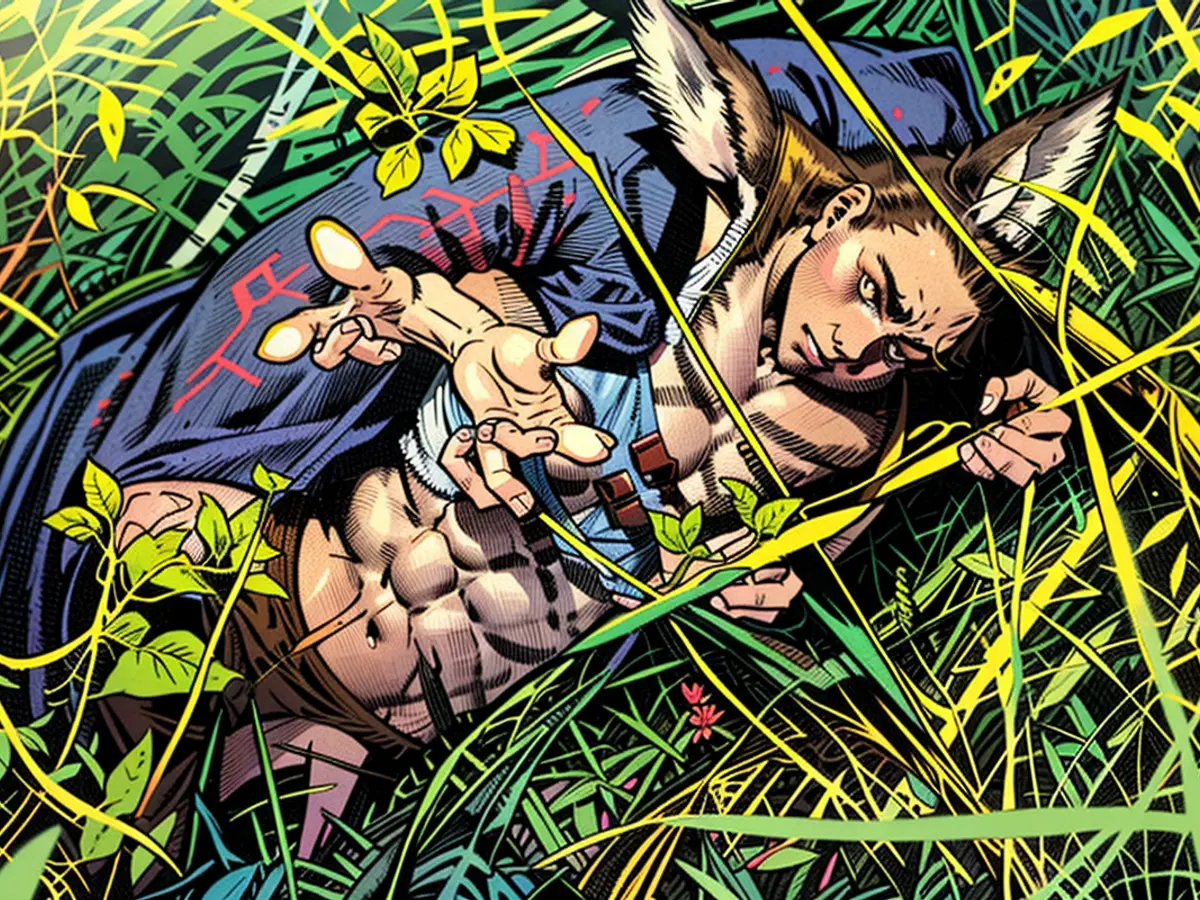Animals - Wet spring meets wild animals
Many heavy rainfalls and floods in this year are causing issues for the animal world. The Wild Research Station and the Hunting Association of Baden-Württemberg are expecting losses among Roe deer calves and other wild animals.
"Roe deer calves are laid in their nests in the first days of their lives and then they lie in the meadow," says Janosch Arnold, leader of the Wild Research Station. They are not prepared to flee or to return long distances with their mothers. Heavy rains and floods are therefore particularly fatal for Roe deer calves in their first two to three weeks of life, as Rene Greiner, spokesperson for the Hunting Association, also points out. At this age, the animals rely on their camouflage. "Just like the saying goes: 'If Mama says I'll stay here, then I'll stay here,'" Greiner explains. If it's wet and cold, the animals huddle together. "If they don't dry out properly for a few days, it affects their physical fitness and health – just like in humans."
Data on the extent of the losses due to floods and heavy rains is not available from the Wild Research Station or the Hunting Association. They assume that local animals are primarily affected. "Flood phenomena are not new," says Arnold. Before rivers were straightened out and the landscape was swampier, habitats of wild animals were often under water and the animals had to cope with that. "What we're experiencing now due to climate change is a new situation," says the wildlife biologist. "The extreme weather events are becoming more frequent." This makes the habitat less predictable.
Not only Roe deer calves are affected by extreme weather events in the spring. "A large part of the wildlife is affected - from mammals to insects," emphasizes Greiner. "Bird species that nest on the ground are particularly affected locally." Greiner expects significant losses among them. Young rabbits also huddle quickly.
Roe deer benefit from their long gestation period in extreme weather conditions, according to Arnold. Roe deer calves are born from late April to July, so the likelihood that a local extreme weather event catches many animals of a particular year is lower. Arnold suspects this is a long-term adaptation strategy of Roe deer.
The greatest danger for Roe deer calves is mowing, explains the wildlife biologist. Mowing is done extensively, year after year, and agricultural machinery is getting faster. "That's why Roe deer calves and other animals have no chance to escape," says this problem is greater than weather events that usually occur locally. Greiner agrees. On the other hand, prolonged rain can bring some positive aspects. "If it rains continuously, it's not mowed," says Greiner. "The Roe deer calves that come during this weather will be larger and more agile." This allows them to escape when mowing takes place. "So we're playing into their hands if mowing is postponed." However, the animals develop less well in wet and cold weather.
- The continuous rain and precipitation this year in Stuttgart, Baden-Württemberg, have contributed to several flooding issues, affecting various aspects of nature.
- Heavy rains and flooding are proving particularly challenging for young fawns, as they are not yet strong enough to flee or travel long distances with their mothers.
- According to Janosch Arnold, leader of the Wild Research Station, the fawns rely on their camouflage during these early weeks of life, making them vulnerable to the cold and wet conditions caused by the heavy rain.
- In comparable scenarios from the past, wildlife biologists like Arnold emphasize that wild animals, including roe deer, have adapted to cope with periodic flooding, but this year's weather events are unusual in frequency and impact.
- Greiner, spokesperson for the Hunting Association, also highlights that other animal species, such as bird species that nest on the ground, are facing significant losses due to these extreme weather events in the spring.
- In contrast to the negative consequences of heavy rain, Janosch Arnold mentions that an extended period of continuous rain can bring some positive aspects, as it allows fawns to grow larger and more agile, improving their chances of survival during mowing season.








